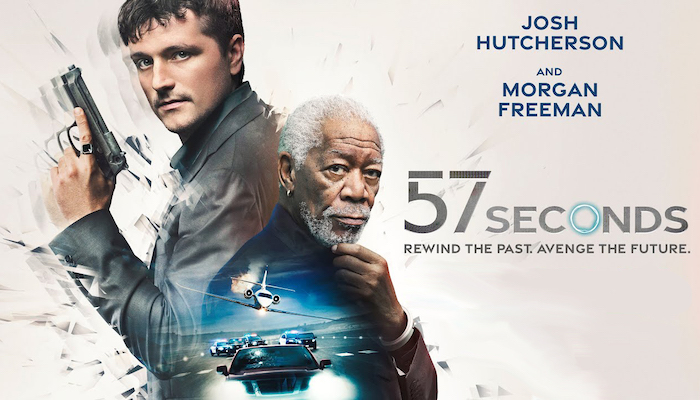Understanding the Phenomenon of “Review Film 57 Seconds”

The rise of the 57-second film review is a fascinating microcosm of our increasingly short attention spans and the demand for bite-sized content. It’s a testament to the power of concise communication in a world saturated with information. Why are these mini-reviews so popular? Because they’re efficient, easily digestible, and perfectly suited for the fleeting nature of online consumption.
The brevity, however, presents significant challenges. Packing insightful criticism, plot summaries, and personal opinions into less than a minute requires a surgical precision of language and editing. Every word must carry weight; every visual cue must be impactful. The reviewer needs to be a master storyteller, capable of crafting a compelling narrative arc within a ridiculously tight timeframe. Failure to achieve this balance results in a muddled mess, leaving viewers more confused than enlightened.
Successful 57-Second Film Review Formats, Review film 57 seconds
Several successful formats have emerged to tackle the 57-second challenge. One popular approach involves a rapid-fire montage of key scenes, intercut with the reviewer’s voiceover, delivering sharp, concise observations. Think of it as a highly edited trailer, but instead of selling the movie, it dissects it. Another successful approach uses a more conversational style, employing quick cuts and energetic pacing to maintain viewer engagement. Imagine a fast-paced interview segment where the reviewer passionately delivers their take on the film, weaving in relevant clips. Finally, some reviewers opt for a more visually driven approach, letting the film clips tell the story while adding minimal text overlays or voiceover to guide the viewer’s interpretation. This style works particularly well for visually stunning films.
Hypothetical 57-Second Horror Film Review Structure
Let’s imagine a 57-second review of a new horror film, “Crimson Harvest.” The structure could be as follows: The review opens with a jarring, suspenseful scene from the film (0-5 seconds). Then, a quick cut to the reviewer’s face, delivering a snappy one-liner about the film’s overall impact: “Crimson Harvest: terrifyingly effective, but not for the faint of heart.” (5-8 seconds). The next 15 seconds would feature a rapid montage of key scenes: a jump scare, a chilling moment of suspense, a glimpse of the monster, and a pivotal plot point. The voiceover would provide concise commentary during these scenes, highlighting the film’s strengths and weaknesses. For example, “Exceptional atmosphere… but predictable plot twists.” (8-23 seconds). The next 10 seconds would showcase scenes focusing on the acting and special effects, with the voiceover commenting on their quality. (23-33 seconds). The next 10 seconds focus on pacing and plot structure, highlighting strengths and weaknesses. (33-43 seconds). The final 14 seconds would include a quick recap of the reviewer’s main points, a final thought, and a rating, perhaps displayed visually on screen. (43-57 seconds). This fast-paced, visually driven approach keeps viewers engaged while conveying a surprisingly comprehensive review.